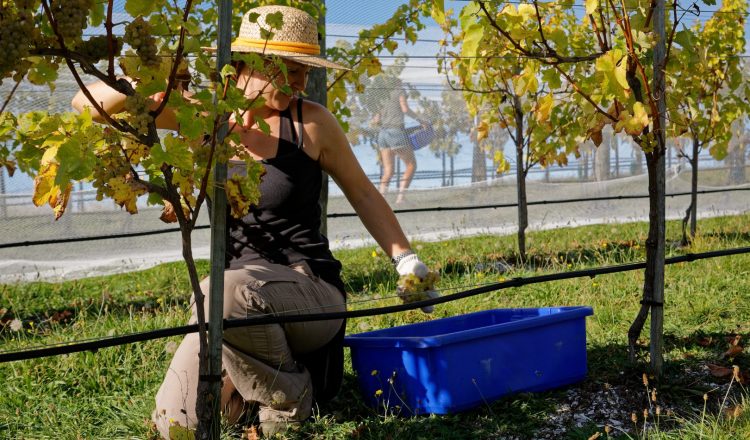Cover letter
Writing a cover letter is very essential if you want to be in with a chance for getting the job. It allows you to sell your skills and abilities to recruiters and also be a bit more personal than a CV.
Research
The first thing you need to do is research. Have a look at the company you are applying for as you will use this information to tailor your cover letter to appeal to them. Have a look at what the company does, who their competitors are and their target audience. Also look at the job specification and check what the role involves and what the essential skills you will need to fulfil it.
Once you have done this you will be able to fill your cover letter with skills and abilities that match up to that and what your potential employer is looking for.
What should your cover letter look like?
You should make sure that your cover letter is concise and to the point. If it is too long it will be boring to read. Don’t use any pictures and choose an easy to read font, however, stay clear of Comic Sans as it is not seen as professional. Use clear paragraphs and aim of around half a page of A4 writing.
You will need to address your cover letter to someone. Have a look at the job specification to see if they have mentioned who to send applications too. If they haven’t so you don’t know the name of who to address it to then simply start with ‘Dear Sir/Madam’.
There are no set rules on how you should structure the cover letter, however, here is a rough guideline on how to lay it out and what to include.
First paragraph – why you are getting in touch
In this first paragraph state that you are getting in touch regarding the job role and where you saw it advertised. If you were referred by someone then this first paragraph is where you should mention it.
Second paragraph – state why you are suitable
Here you should briefly state your professional and academic qualifications that are relevant to the industry and role. It is best to ensure that you refer to each of the skills listed in the job description, so refer back to that.
Third paragraph – what you can bring to the company
This paragraph is a chance to talk about your skills and what you can bring to the company. You could mention some examples of how you have helped previous employers improve or succeed.
Fourth paragraph – Overview
In this final paragraph you should reiterate your interest in the role and why you would be a good fit. It would be great to mention that you would like to meet up for an interview in this section too.
Closing the letter
To sign off the cover letter you should use ‘Yours sincerely’, if you know the name of the hiring manager or ‘Yours faithfully’ if you don’t, followed by your name.

















































